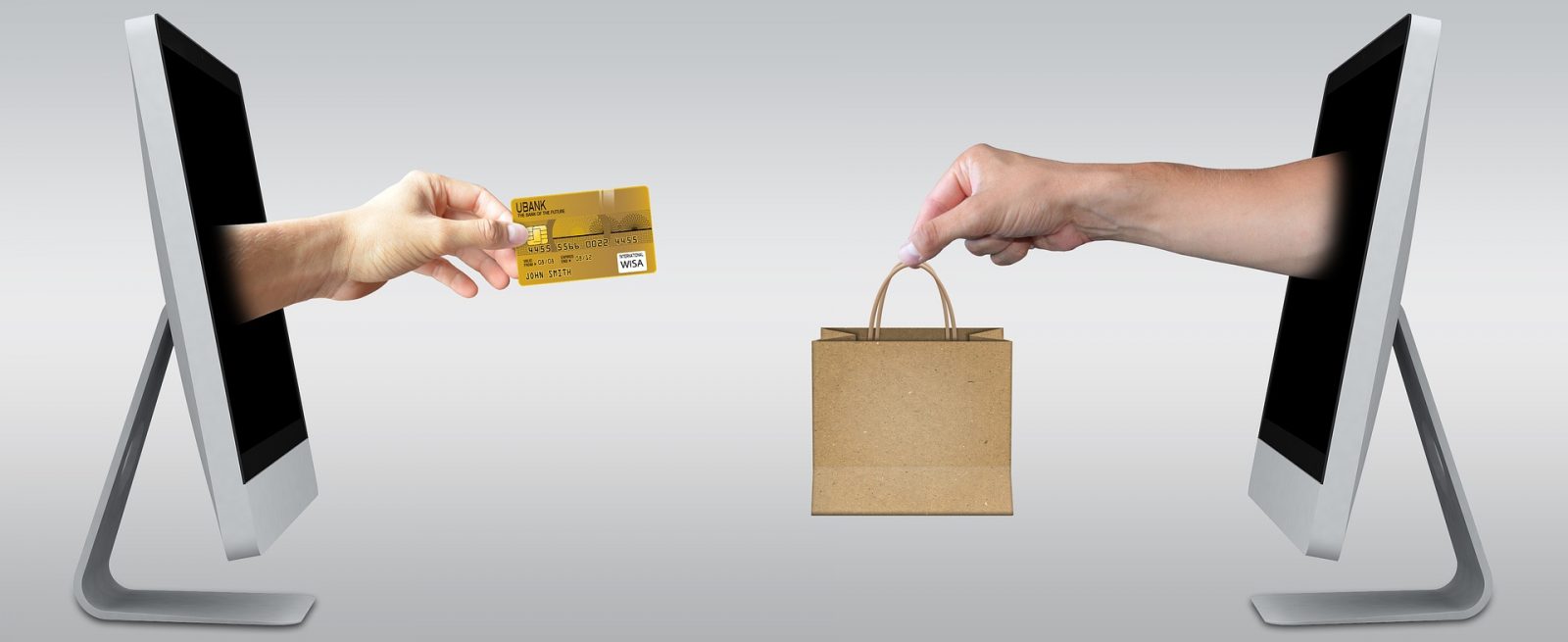Impact of E-Commerce on QSR Market Position
4 Min Read By Varun Juyal
Amalgamation of e-commerce and technology in the food & beverage industry has been transforming its demeanor according to the taste of millennials. In the early 21st century, e-commerce has been evolved as a major contender to the brick and mortar retail industry, in contrast to its role of an ally to the quick service restaurants.
Digitization has positively impacted the consumer behavior. In 2018, the U.S. fast food industry reported a more than 35 percent of the consumers using online food delivery services regularly. e-Commerce industry has developed standard operating procedures with the inclusion of various technologies including GPS to combat the complex logistics and catering the growing consumers’ demand.
Service providers such as Zomato, Ubereats, Grubhub, FoodPanda, Swiggy, Grubhub, Deliveroo, Just Eat, DoorDash and Postmates have been striving to adhere to regulatory constraints for delightful customer experience. Quality, safety, labelling, authenticity, quick and…
Sorry, You've Reached Your Article Limit.
Register for free with our site to get unlimited articles.
Already registered? Sign in!


